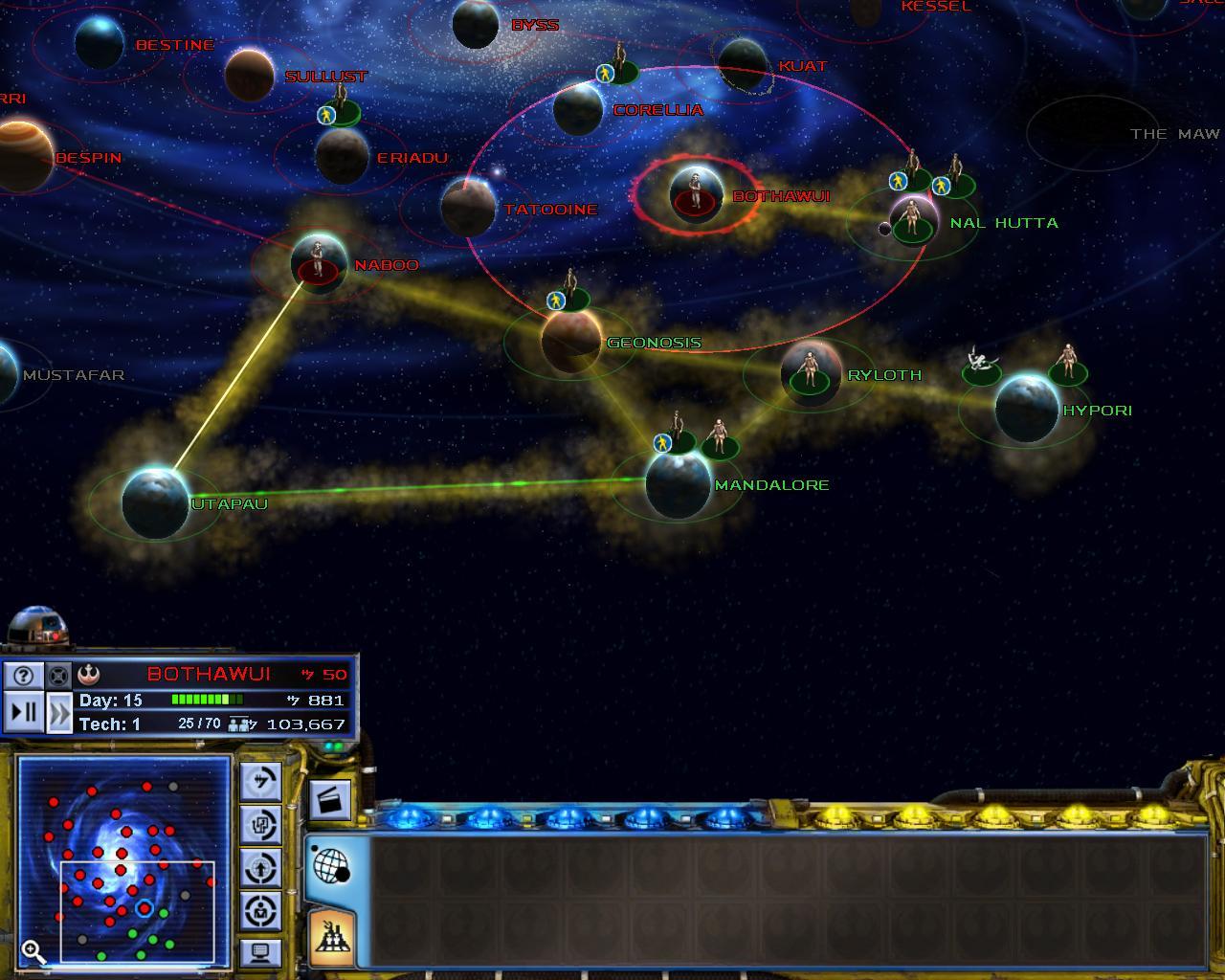
Poor leadership set the kingdom on a path of civil wars. Other trade centers developed, hurting the commercial wealth that had once so freely surrounded Mali. Islamic learning centers, schools, and universities, and the grandest library in all of Africa were a direct result of Mansa Musa’s rule and made Mali into a multilingual and multiethnic kingdom.įollowing Mansa Musa’s death around 1337, the empire fell victim to declining influence around Africa. Today, some believe he could have been the richest man in history. This image would be the catalyst for explorers to search for the city of Timbuktu in hopes of finding Musa’s riches. Cresques included an image of Musa wearing a gold crown, holding more gold in his hand.

Spanish cartographer Abraham Cresques even featured Musa in the Catalan Atlas, a popular resource for European explorers. As a result, stories of the wealth of the Mali king spread far and wide. In 1324, Musa undertook a pilgrimage to Mecca during which he spent and gave away all of his gold. This allowed the kingdom to enjoy the benefits of being at the center of trade in Africa. Using his large army, Musa doubled the empire’s territory. Territorial expansion coincided with cultural advancements, particularly in architecture, and the empire flourished. The Mali Empire would reach a height of strength during the reign of Mansa Musa I. Often times, the officers of his court wielded great power, which was crucial to keeping the empire strong during periods of poor leadership. After seizing the former capital of the Ghana Empire in 1240, Sundiata and his men consolidated control while continuing to expand the Mali Empire. The rise of the Mali Empire can be traced back to Sundiata, or the “Lion King,” as some called him. Mali also developed into a hub for the Islamic faith before poor leadership led to the empire’s ultimate decline in power and influence. Mali included the city of Timbuktu, which became known as an important center of knowledge. An abundance of gold dust and salt deposits helped to expand the empire’s commercial assets. Protected by a well-trained, imperial army and benefiting from being in the middle of trade routes, Mali expanded its territory, influence, and culture over the course of four centuries. Established by King Sundiata Keita, the kingdom united several smaller, Malinké Kingdoms near the Upper Niger River. From the 13th to 17th century, West Africa was home to the great Mali Empire.


 0 kommentar(er)
0 kommentar(er)
